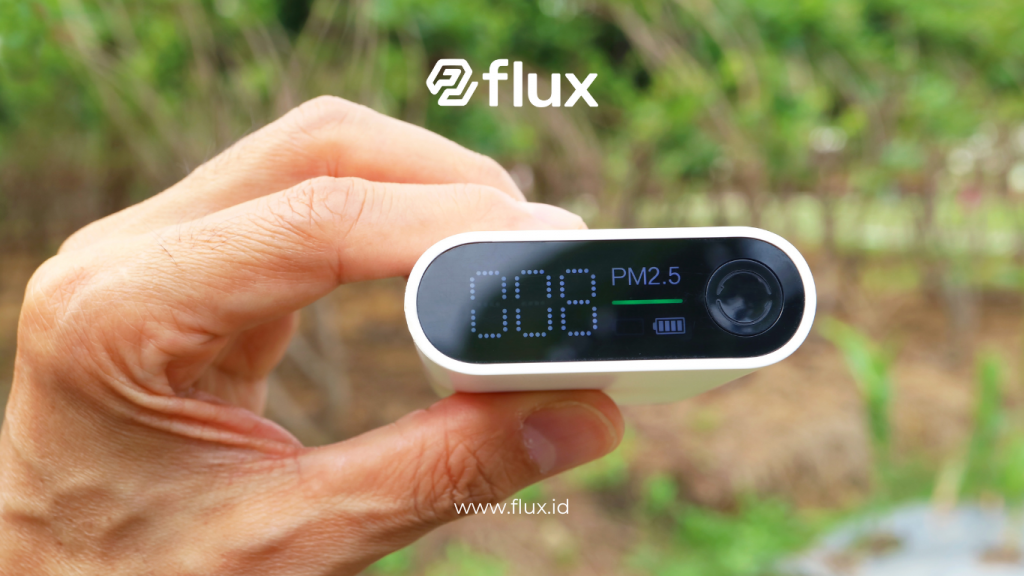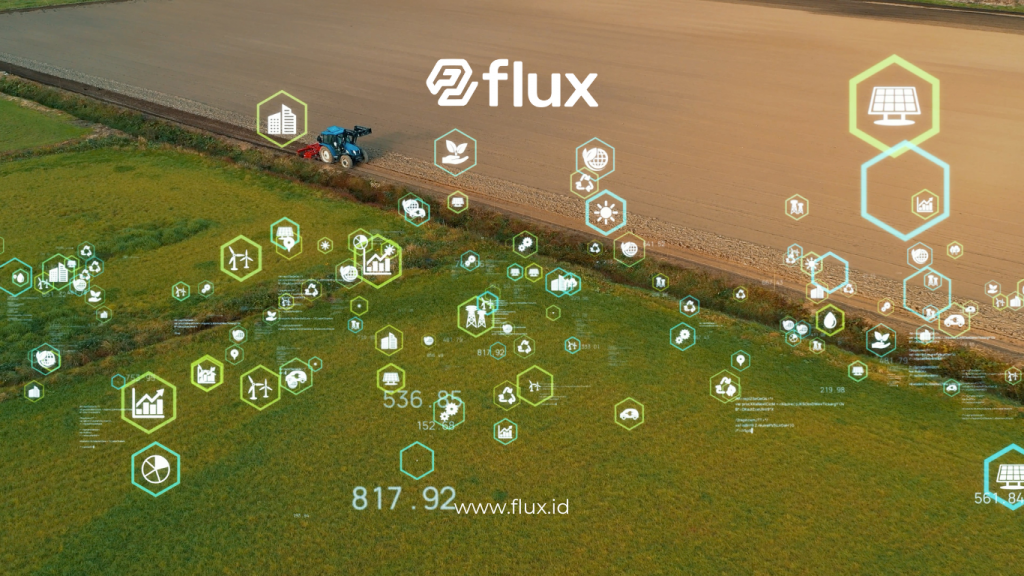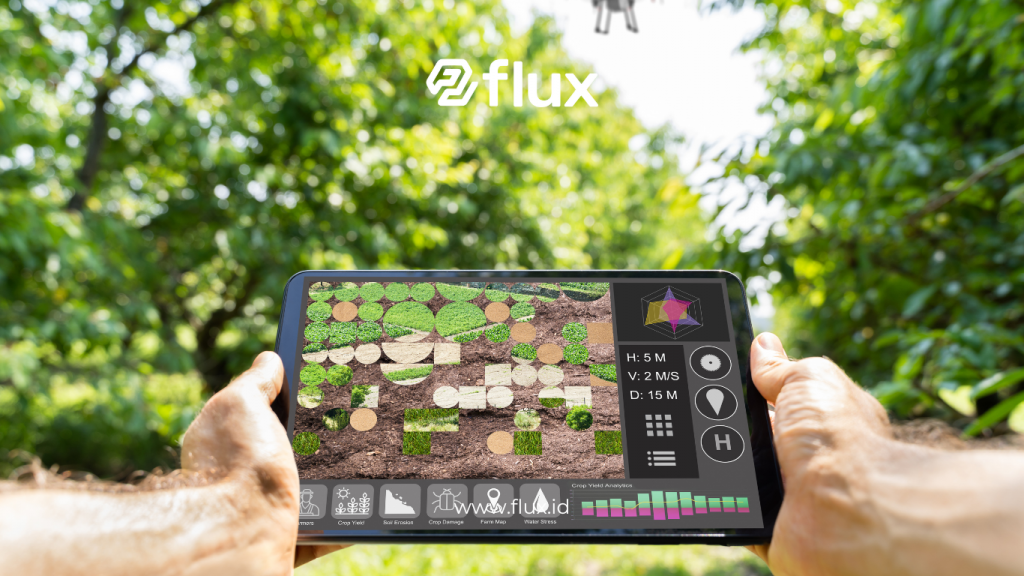Don't miss our holiday offer - 20% OFF!
Effective water management is crucial for success in modern agriculture. Water serves not only as a life source for plants but also as a factor that can impact crop quality. Water quality sensor technology offers a solution for better monitoring and managing irrigation water. This article explores various types of water quality sensors, their functionality, benefits, and how to integrate them into agricultural systems.
Contents
- 1 What is Water Quality Sensor Technology?
- 2 How Water Quality Sensor Technology Works
- 3 Benefits of Using Water Quality Sensor Technology in Agriculture
- 4 Integrating Water Quality Sensor Technology with Agricultural Systems
- 5 Challenges and Solutions in Using Water Quality Sensor Technology
- 6 The Future of Water Quality Sensor Technology in Agriculture
- 7 Conclusion
What is Water Quality Sensor Technology?

Read More: How Water Quality Sensors Work to Improve Safety and Health in School Environments
Water quality sensor technology includes devices designed to measure physical, chemical, and biological parameters of water. These sensors assist farmers in monitoring the quality of water used for irrigation. Key parameters commonly measured include pH, conductivity, temperature, dissolved oxygen, and pollutant levels. By using this technology, farmers can ensure that the water applied to their crops is optimal.
Types of Water Quality Sensors
- pH Sensors: These sensors measure the acidity or alkalinity of water. pH levels that are either too high or too low can affect nutrient absorption by plants. By using pH sensors, farmers can adjust water conditions to meet the needs of their crops.
- Conductivity Sensors: These sensors gauge the water’s ability to conduct electricity, which is often related to the amount of salts or ions present. High conductivity may indicate excessive pollutants or salts that could harm plants.
- Temperature Sensors: Water temperature plays a crucial role in plant growth. Temperature sensors help monitor the temperature of irrigation water, ensuring it remains within an ideal range for plant health.
- Dissolved Oxygen Sensors: These sensors measure the amount of oxygen dissolved in water. Adequate oxygen is essential for plant roots and other soil organisms. Low levels of dissolved oxygen can negatively impact plant growth.
- Turbidity Sensors: These sensors assess the level of water turbidity, which can be caused by suspended particles like silt, sand, or pollutants. High turbidity can affect light penetration and water temperature, thereby influencing plant growth.
How Water Quality Sensor Technology Works

Read More: Decoding Water Quality Sensors: Health Threats in Floods
Water quality sensors operate by directly measuring various water parameters and transmitting the data to a monitoring system. Here’s a general overview of their functionality:
- Parameter Measurement: Sensors are placed at specific points within the irrigation system to measure water parameters. Each sensor type measures specific parameters based on its function.
- Data Collection: Data from the sensors is gathered and sent to a control device or computer. Modern sensors are often connected to cloud-based systems, enabling real-time data access.
- Data Analysis: Collected data is analyzed to determine water quality. Some sensor systems include algorithms that automatically process data and offer recommendations.
- Continuous Monitoring: Sensors can continuously monitor water quality, allowing for the prompt detection of any changes in parameters.
- Decision Making: Based on the data collected, farmers can make informed decisions about water management, such as adjusting pH, temperature, or adding additional filtration.
Benefits of Using Water Quality Sensor Technology in Agriculture

Read More: pH Sensor for Ideal Water Conditions in Fisheries
1. Efficient Water Management
Real-time data on water conditions allow farmers to manage water usage more efficiently. This approach not only conserves water but also enhances plant growth conditions.
2. Increased Crop Quality and Yield
Maintaining optimal water quality improves plant health, leading to better crop quality and quantity. Optimal irrigation water encourages strong root growth and improved nutrient absorption.
3. Early Detection of Pollutants and Contaminants
Water quality sensors can identify pollutants or contaminants in the water before it is used for irrigation. Early detection prevents plant damage and helps maintain ecosystem health.
4. Reduction in Operational Costs
By monitoring water quality continuously, farmers can lower costs associated with chemical treatments for balancing pH or removing pollutants. More efficient water use also reduces operational expenses.
5. Environmental Sustainability
Employing water quality sensors helps minimize negative environmental impacts. Efficient water use and rapid pollutant detection contribute to more sustainable agricultural practices.
Integrating Water Quality Sensor Technology with Agricultural Systems

Read More: Flood Water Quality Monitoring: Critical Role in Protection
1. Connecting to the Internet of Things (IoT)
Water quality sensors linked to an IoT network facilitate real-time data collection and monitoring via mobile devices or computers. This connectivity allows farmers to track irrigation conditions from virtually anywhere.
2. Using Agricultural Management Software
Many modern agricultural management software solutions integrate data from water quality sensors. These software systems provide comprehensive analysis and recommendations based on sensor data.
3. Automating Irrigation Systems
Data from water quality sensors can automate irrigation systems. For instance, if sensors detect changes in pH or temperature, the system can automatically adjust water flow or add pH-balancing agents.
4. Remote Monitoring and Management
With sensor technology and internet connectivity, farmers can monitor water quality and manage irrigation systems remotely. This feature is particularly useful for large-scale or remote farms.
Challenges and Solutions in Using Water Quality Sensor Technology

Read More: Water Current Sensors: Key Tech for Revealing Flood Flow Secrets
1. Implementation Costs
The initial investment for purchasing and installing water quality sensors can be significant. However, farmers can explore government subsidies or financial support programs to offset these costs.
2. Technological Complexity
Some farmers may find it challenging to understand and operate water quality sensors. Providing training and technical support is crucial for effective use.
3. Internet Access Limitations
In some regions, internet access may be limited. To address this, sensors can be designed to function offline and synchronize data when internet access becomes available.
4. Sensor Maintenance and Calibration
Sensors require regular maintenance and calibration to ensure accurate data. Investing in high-quality sensors and scheduling regular maintenance can address this issue.
The Future of Water Quality Sensor Technology in Agriculture
As technology advances, water quality sensors are becoming more affordable and user-friendly. Ongoing research aims to enhance the accuracy and durability of these sensors. In the future, water quality sensors are expected to become standard in agriculture, replacing traditional water testing methods that are time-consuming and costly. Additionally, integrating sensors with artificial intelligence (AI) and machine learning will enable more advanced and predictive data analysis.
Conclusion
Water quality sensor technology provides an effective solution for enhancing efficiency and sustainability in irrigation management within the agricultural sector. By better monitoring and managing water quality, farmers can improve crop yields, reduce operational costs, and support environmentally friendly practices. Despite the challenges in implementation, the long-term benefits make this technology a valuable investment for the future of modern agriculture.





